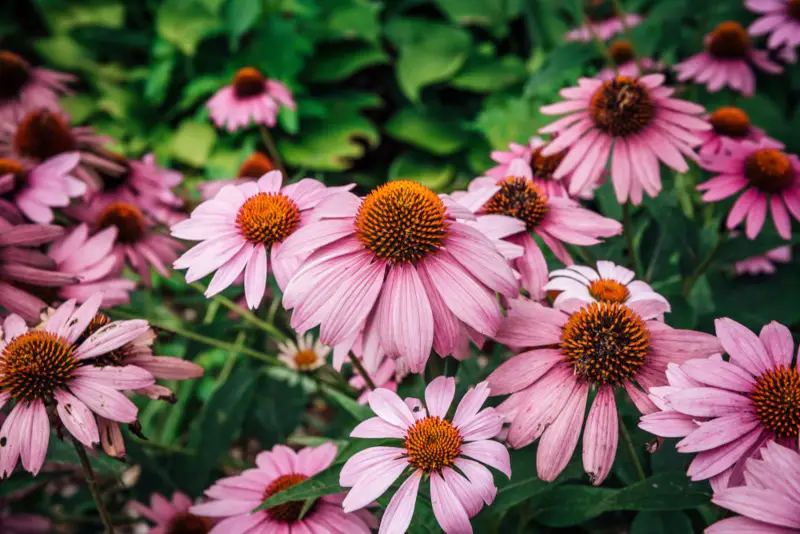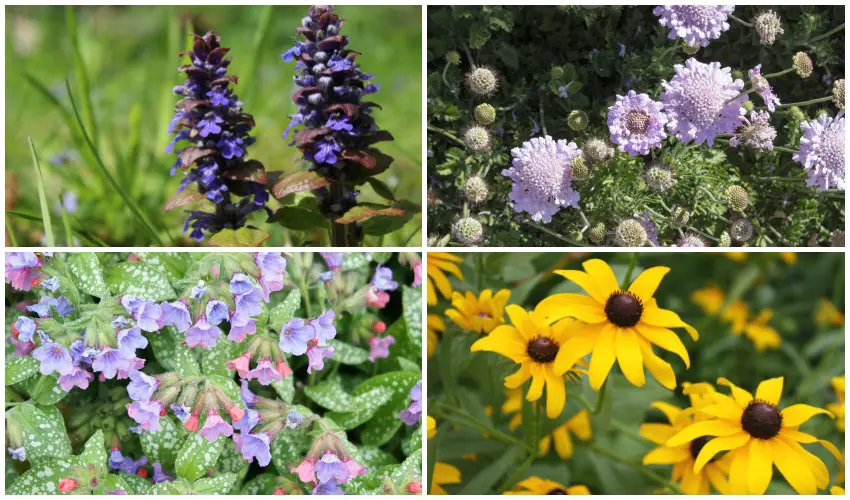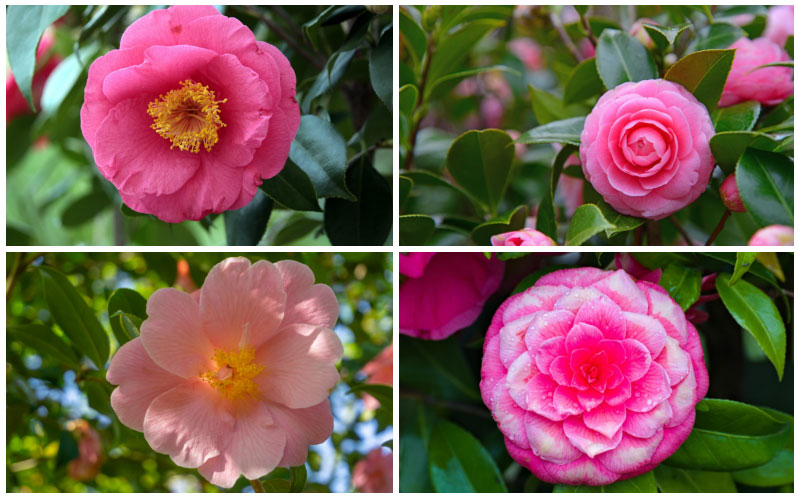
There’s nothing worse than taking the time to pick out the perfect plants for your yard only to have them ruined by the brutal droughts that Oklahoma experiences nearly every year. If you’re tired of your plants dying due to lack of rain, there’s still hope.
You don’t need to compromise on beautiful flowers, bushes, or trees just because Oklahoma goes weeks and months without rain sometimes. There are plenty of drought-resistant plants you can add to your garden. Here are ten of the best Oklahoma drought resistant plants.
1. Summer Snapdragons

Summer Snapdragons are a beautiful floral bush that will make a great addition to your garden. They come in a variety of colors, but the most common is a lovely light pink. They thrive in the summer and won’t die during a drought.
If you’re planning on planting Summer Snapdragons in your yard, you’ll want them to be where they can get full sunlight. They prefer well-drained, slightly acidic soil. While summer is the season they thrive in, they’ll last all year.
2. Wax Begonia

Wax Begonias are a great option if you’re looking for a great bush to add to your yard as a border plant or for looks. These drought-resistant plants have shades of red and purple in their leaves, making them very attractive.
Wax Begonia grow well in hot and humid environments, so they’re more than capable of withstanding the Oklahoma droughts. You’ll need light soil of any kind, and it needs to be where it can receive full sunlight. We love this plant because it requires minimal care.
3. Indian Paintbrush

Indian Paintbrushes are considered Annuals, but they thrive in the springtime. They’re called paintbrushes because they look as if someone dipped the leaves into red paint. These beautiful plants bloom with vibrant green stems and red leaves. Indian Paintbrushes grow mainly in the Eastern United States, but they do very well in Oklahoma.
If you’re planting Indian Paintbrushes in your yard, you’ll need to use medium-dry to medium-wet soil. They need full sunlight to thrive, which shouldn’t be an issue in Oklahoma.
4. Periwinkle

Periwinkle is known for not doing well in cold or wet environments. That goes for their soil as well. That is why they’re such an excellent option for those looking for drought-resistant plants. These plants with blue or purple flowers can really dress up your yard or garden.
When planting Periwinkle, you’ll need acidic soil and a place where they can have either full sunlight or partial shade. While they do well in full sunlight, the plant will grow more vigorously if you choose to place it with partial shading.
5. Butterfly Weed

Butterfly Weed is a type of Milkweed that is known for attracting butterflies and other pollinators. Adding this plant to your garden ensures a healthy plant throughout a drought but cute pollinating friends.
This plant thrives in the summer and can withstand periods of time without rain. The leaves bloom into a stunning orange and yellow color that is sure to turn heads. Butterfly Weed can grow in wet or dry soil. You’ll want to watch out for Lady Bugs eating the plant, though.
6. Firebush

Firebush is the perfect plant to withstand a drought. As it survives in the dry months, you’ll be rewarded with fiery blooms in the fall. This is a popular plant because not only is it easy to plant, but it’s effortless to maintain afterward.
The soil that Firebush needs can’t be too wet. This plant won’t tolerate overly saturated roots well and may end up dying. Dry soil is the way to go with moderate watering. Firebush needs direct sunlight to thrive, and you’ll see many pollinators in your yard.
7. American Bellflower

American Bellflowers are beautiful blue flowers that can grow to be three to four feet in height. Once they bloom, the flowers have five petals and boast a blueish and lavender color. In the right conditions, these will bloom from June through August.
They need partial shade to full sunlight to thrive. While they can withstand drought, you’ll need to keep the soil moist for them to live up to their full potential.
8. Purple Coneflower

Purple Coneflowers are native to the prairies of North America, and that includes Oklahoma. These purple flowers grow in full sunlight and bloom during the summer months. Oklahoma tends to have very dry soil, which is the favorite type for Purple Coneflowers.
These flowers make the perfect addition to your home garden, and they’re every prettier when picked and placed in a vase. Keep in mind that they can become aggressive if you don’t maintain them properly.
9. Daylily

Daylilies are some of the most common plants in North America, and for a good reason. They’re stunning plants that are easy to maintain. There’s almost no maintenance required for these flowers unless you want to trim them down. Some can reach six feet in height.
When planting Daylilies in your yard, they’ll need to be placed somewhere with full sunlight. You’ll want to plant them further away from other plants and trees so that they don’t have to compete for any moisture.
10. Prickly Pear

Prickly Pear makes for a unique plant in your garden. You may want to ensure you purchase seeds for a spineless Prickly Pear plant because the spines can be harmful to animals and humans. The best time of year to plant these is right before the first frost of fall.
This plant thrives all year long as long as it’s in direct sunlight. Even though they’re able to survive droughts, you’ll need to keep their soil well saturated.
Final Thoughts
Droughts in Oklahoma shouldn’t deter you from planting beautiful flowers, bushes, and trees in your yard. While droughts make things a little more challenging, choosing plants that are more than capable of surviving in that climate is possible.
From Summer Snapdragons to Prickly Pear and more, there are dozens of drought-resistant plants to keep your home looking green and floral throughout the year.













